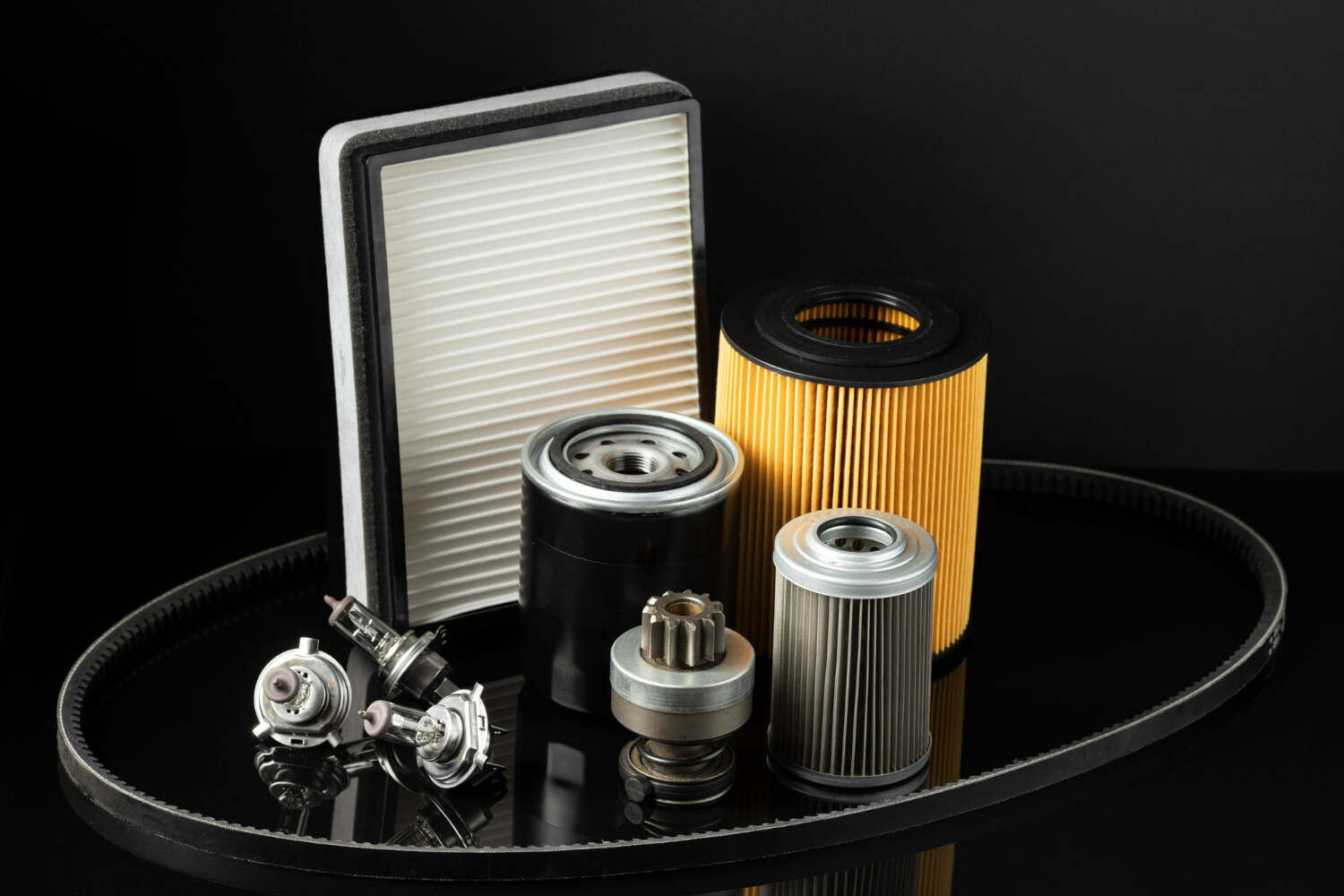There are several choices for house air filters. While traditional air filters have long been the most prevalent form of air filter on the market, carbon air filters are quickly gaining favor with consumers who are more concerned about the purity and cleanliness of their air.
Naturally, there are various factors to consider to securely choose the best air filter. The wrong air filter may not significantly improve the air quality and potentially harm your HVAC system. We’ve provided a detailed explanation below to help you understand the fundamental distinctions between carbon air filters and conventional air filters and which air filter is ideal for your house.
Carbon air filters
Today homeowners and consumers are learning about the advantages of carbon filtration and its capacity to remove specific pollutants from the air. The best carbon air filters purify the air of gases, chemicals, and odors. The air particles are trapped when they pass through the filter and come into contact with the porous carbon.
What sets carbon air filters apart is the air filter media. The filter’s foundation is a layer of carbon that has undergone special processing to make the minuscule carbon particles very porous.
What does the carbon have that makes it effective at eliminating odors?
Carbon is particularly effective at eliminating odors because of its interaction with particles. Adsorption is a method that carbon employs to make gas molecules stick to it. Once attached, the gas molecules cannot escape the filter and continue circulating in the atmosphere. Homeowners frequently use a carbon air filter to eliminate odors, gases, smoke, and volatile organic compounds (VOCs) from the air.
How about an activated carbon air filter?
Grinding up the charcoal into incredibly fine bits produces activated carbon air filters. Some filters with the simple label “carbon” are constructed from blocks of carbon powder that have been compressed and heated. While some manufacturers use the names interchangeably, others distinguish them depending on how the carbon is used within the filter.
Carbon air filters eliminate smells, neutralize hazardous gases and VOCs, and remove chemicals and smoke from the air without releasing harmful substances.
Traditional air filters
Like carbon air filters, conventional air filters clean the air by trapping particles as they pass through the media. However, the two most common traditional air filter media types are a pleated film in a cardboard frame and spun fiberglass media. As the air circulates throughout the rest of the house, the particles become trapped in that web of fibers.
Is it effective?
As long as it has a MERV rating of 8 or more, a conventional air filter can efficiently purify the air inside. The higher the MERV rating, the better the filter purifies the air. A traditional filter can remove microbes, pollutants, dirt, and allergies from the air. However, it is not ideal for odor removal and may not be able to eliminate some gases and chemicals from the air.
the bottom line
Your ideal type of filter depends on your air filtration needs and the environment.











